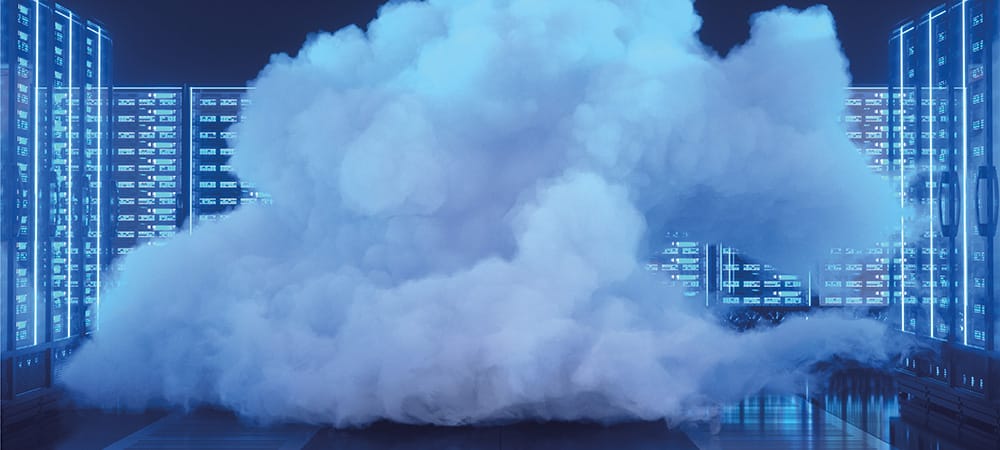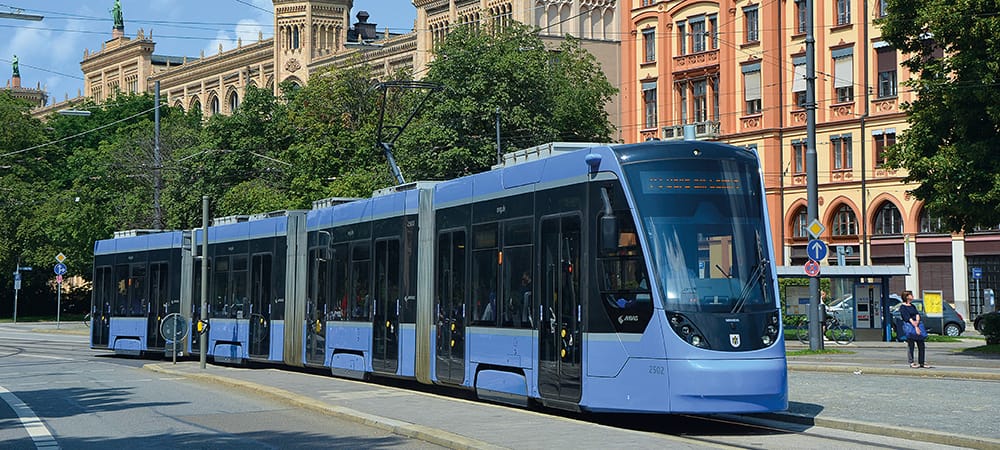The price of progress


One day, SAP Hana could be not only the fastest, but also the most robust and best ERP/CRM database in the world: Good things take time - whether Hana will be a perfect database platform as early as 2025 must be doubted from today's perspective.
SAP is working on fixing the anomalies that occur with the highest concentration and best possible effort, but certain "IT things" take time.
Telephony via ISDN worked perfectly. From the user's point of view, there were no compelling reasons for a system change - circuit-switched to packet-switched technology.
The ISDN cable could be plugged almost arbitrarily into any existing ISDN telephone and in the next second already make a call. And VoIP (Voice over IP) - no such thing!
Apart from the relatively thick Ethernet cable, no VoIP phone worked without an external power supply at the beginning. The first order of business was therefore: Find a power outlet!
Then the configuration: A simple extension number is not enough. Is the IP address assigned automatically via DHCP or must this multi-digit number with three dots next to the DW also be entered manually?
Five years ago, installing a VoIP phone was a significant challenge. Today, it's easy and better: the voice packets and power come over the same Ethernet cable (Voice over IP and Power over Ethernet).
The configuration is usually done automatically by the digital telephone system, and the network hub can turn off the power and save at night on a timed basis.
VoIP and PoE has trumped ISDN many times over, is more flexible and cheaper - SAP's existing customers want something similar from Hana, S/4, BW/4, C/4 and all the other "quarters" still to come.
It was once mocked about IBM that the IT group only achieved half things with its PC operating system: OS-Halbe (OS/2) was superior to the upcoming Microsoft Windows in essential points and still failed.
Today, Hana is full of teething problems, and the ERP/ECC 6.0 successor delivers at best a quarter of the performance of an established SAP Business Suite 7 on an Oracle database. The S-quarter performance deficit will disappear.
Beyond 2025, S/4 with Hana will be as dominant and successful as R/3 with IBM DB2, Oracle and MS SQL Server. So will SAP give its existing customers enough time to go this way as well?
The price of progress must not be paid by existing customers alone, because in a fit of hubris the date 2025 was rolled. There is no white paper, roadmap, technical evaluation, or agreement with partners that shows 2025 is the only feasible, sensible, and no-alternative answer.
It is an SAP arbitrary act that must be massively questioned by the community. Above all, the user associations, mentors and SAP partners should take the side of existing customers and demand moderation, humility and time.
On the occasion of the presentation of S/4 in New York City in 2015, there has been a grotesque situation: Next to the SAP Executive Board, one of the most famous and largest SAP existing customers was on stage.
Bayer's CFO is master of more than 200 companies and about 100,000 employees from the chemical and pharmaceutical industry. On the occasion of the S/4 presentation, he reported on the completion of a ten-year project that successfully introduced SAP R/3 globally and across the board at Bayer - and he was full of praise for SAP and its software products!
After R/3 will come ERP/ECC 6.0, SAP Business Suite 7, Business Warehouse 7.4, NetWeaver and SolMan. At least another ten years could be necessary for this customizing, and beyond 2030, Bayer may be considering the introduction of S/4 and the replacement of R/3.
ERP progress will happen. None of what SAP claims, explains, and forecasts has to be wrong. But the 2025 time horizon is poison for the SAP community, and SAP executives should be aware of that, especially at the start of a new year.






